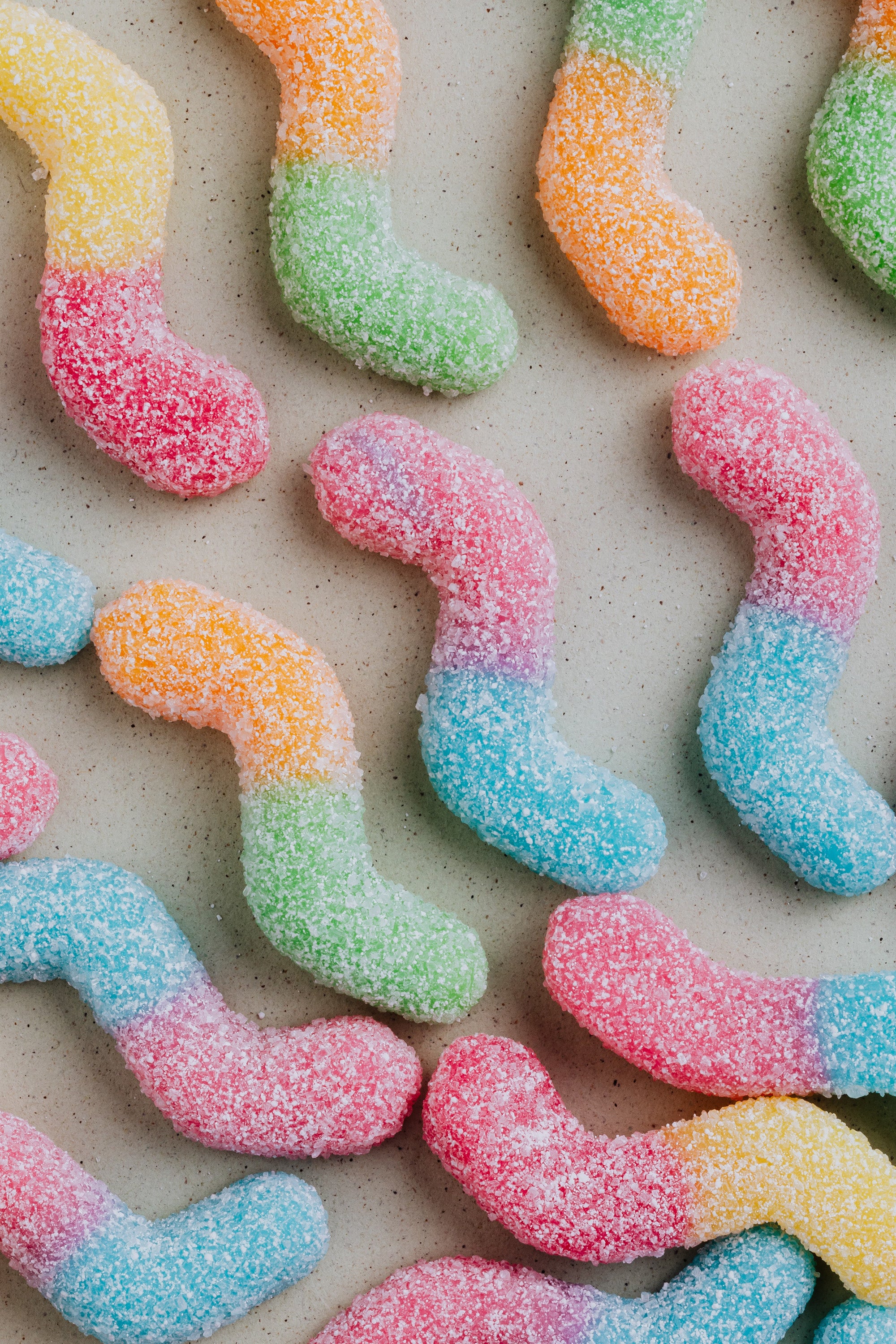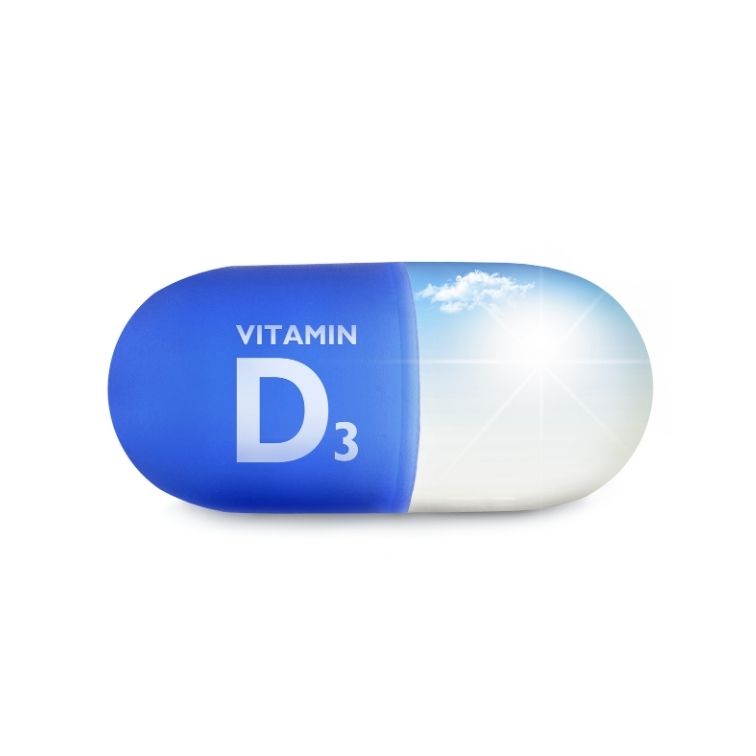
The Bittersweet Truth about Sugar and Athletes
Athletes have a complicated relationship with sugar. While many of us love hating it, many of us hate how much we love it. Our feelings about sugar may be polarizing but the truth about how sugar affects our training is bittersweet. Athletes need carbohydrates in their diet for recovery and pre-training fuel, and sugars are the base of carbohydrates. The optimal amounts of the right kinds of sugar can fuel you for a rigorous training session and help to jumpstart recovery. However, too much sugar or the wrong kind of sugar will likely set you on the path for a painful sugar crash. In this article, we’ll walk you through how to fuel and refuel for optimal performance and recovery, so that you can get the maximum benefits out of your training.
The role of sugars in recovery:
Glucose is a simple sugar, which the body breaks down for energy during exercise, in the form of ATP (through a series of reactions known as glycolysis). Glucose is stored in the form of glycogen in the liver and muscles. During exercise, the body uses the available glucose for energy, once this has been tapped it starts breaking down glycogen into glucose for energy (through a series of reactions known as glycogenolysis). It’s critical for athletes to replenish their glycogen stores within the first 30-45 minutes after training as depleted glycogen stores can cause the body to seek out glucose from other sources. This may mean breaking down protein from sources such as muscles, which athletes work so hard to build and strengthen, as well as fat. Not only is this a slower process but athletes with low muscle glycogen are at a higher risk for muscle damage and overtraining, and may also experience a decrease in exertion capacity. Replenishing glycogen stores by refueling with the right mix of carbohydrates and proteins after training should be a crucial part of every athlete’s training plan.
Our relationship with sugar is complicated is because it’s essentially a balancing act, athletes need glucose to fuel muscles, but burning glucose at a high rate can also get us into trouble. Refueling, intentionally, with glucose after training helps to restore glycogen levels, however sometimes the foods and drinks we use to refuel can have hidden sugar that’s been snuck in to sweeten them. Processed and added sugar can be problematic as some of the foods we assume are healthy can contain additional unwanted calories and wreak havoc on our blood sugar levels, especially if we underestimate the amount of sugar we’re consuming. These added sugars can turn a well-intentioned recovery snack into a dreaded sugar crash.
A parody cover of the Archies’ song “Sugar, Sugar” (created by Greg Crowther) sums this balancing act up perfectly, and we’d highly recommend watching the video:
If you listened to the song all the way to the end you may have some difficulty getting it out of your head, but at least it’s educational, right?
Sugar 101 - a refresher course
For those who haven’t sat in a biology class in a while, for those who weren’t paying attention, or still mostly think of sugar the way to rescue soggy cornflakes and bland breakfast cereals (All-Bran we’re looking at you), here’s a quick refresher.
Sugar is a group of saccharides, which can be either simple or complex sugars. Simple sugars or monosaccharides (one simple sugar), include fructose (the sugar in fruit), glucose (the body’s preferred energy source), and galactose (the sugar in milk). A combination of two simple sugars is known as a disaccharide, such as lactose (glucose combined with galactose), sucrose (table sugar, which is a combination of fructose and glucose). Complex sugars are known as polysaccharides such as glycogen and starch, the former of which is stored in our liver and muscles and is critical for athletes’ performance.
Glycogen is created through a process known as glycogenesis. This happens when the body’s glucose and ATP levels are sufficiently high and there is excess insulin, which promotes the conversion of glucose into glycogen. In order to get this process started, we need to consume something containing glucose, or an alternative sugar that can be broken down into glucose. Different sugars have different chemical structures, which dictates that the body will digest them in different ways, some of which have greater benefits for training and recovery. This is why it matters that you are consuming the right sugars, from the right sources, in the right amounts.
Our sugar problem
By now you may be thinking of sugar as a necessary evil, a critical source of fuel, which when not consumed correctly can cause a calamitous crash. Athletes need sugar for fuel and recovery. That statement may raise the hairs on the back of your neck but we’re not talking about table sugar, which believe it or not, hasn’t always been considered a villain. In its prime in the 1970s, table sugar was somewhat of a media darling and was even advertised as an aid for weight loss. Several decades of excess precipitated sugar’s fall from grace, with some going as far as to argue that sugar is toxic enough to warrant being regulated in the same way that alcohol is.
The overconsumption of sugar has been linked to a wide array of both short and long-term ailments including obesity, digestion problems, depression, cancers, diabetes, and high cholesterol, as well as inflammation, constipation, headaches, and worsened asthma. Serious athletes, even those with an insatiable sweet tooth, likely aren’t consuming exorbitant quantities of candy and soda that would make the above ailments more likely. However, excess sugar can show up in various ways and it stands to sabotage your training and performance and could be having negative impacts on your health. The chances are you may be consuming more sugar than you think, although the sources are perhaps less obvious than that occasional guilty pleasure of Ben and Jerry’s (yes, we’ve eaten the whole tub on occasion before too).
Too much sugar, or badly timed sugar intake, can sabotage your success and negatively impact your performance:
- Sugar can slow the time it takes for food to travel through the gastrointestinal tract, and subsequently mess up optimal meal timing for training and competitions. Having a breakfast loaded with sugar may take longer to digest, and mistiming it could result in suffering through a training session with cramps, fatigue, and nausea, all of which negatively impact your performance and make it harder to reap the benefits of your training.
- Sprinters may stand to benefit from the “sugar kick” if they time their glucose intake correctly, however taking too much, mistiming it or training for longer than a sprint will likely set you up for a painful session hitting the wall, or as cyclists say, bonking. So, what if you could time your glucose intake perfectly, by say sipping on energy drinks? Studies show simple sugars are optimally digested when they are mixed with a weak solution (6-8%) to match body fluid osmolality parameters (280-303 mOsm). However such solutions when mixed and consumed at this level of concentration would only provide a maximum of 100 calories per hour, which for an endurance athlete is likely insufficient to sustain energy production. You may have started doing the math in your head, in which case you’ve likely just realized that in order to dilute sugar to reach these concentration levels you’ll have to consume a lot of excess fluid. That is probably only going to end up with you cramping and feeling uncomfortable and bloated.
Cutting sugar where it counts:
For athletes to ensure they’re getting enough sugar, but not in excess, it involves more than skipping candy, soda, and cutting down on midnight icecream raids. It involves reading more, starting with the back of your sports drink, your pre-training and your recovery snack. Choosing sports drinks that contain complex carbohydrates, or glucose polymers can be beneficial, especially when it comes to avoiding the pitfalls raised above. The easiest place to start cutting excess sugar is to read widely, read all your labels. We also have a refresher on understanding nutritional labels available on our blog.
Once you know what is in the food you’re eating it becomes easier to balance out your diet. Try to ensure each meal is balanced by matching out complex carbohydrates with non-starchy vegetables. Mushrooms, broccoli, onions, and carrots are great options and can be thrown into just about anything from soups, salads, pasta, and quinoa bowls.
Pre-training:
Fruits are an excellent source of fructose and can be a good addition to a pre-training snack. Fructose raises the body’s blood sugar levels and a slower rate than glucose, however as glucose is the preferred source of energy, the liver will convert fructose into glucose, which is an extra step. Some athletes are hesitant to consume sweeter fruits, as they’re concerned about elevated blood sugar levels, however, a peer-reviewed research report in Examine found the contrary. “Fruits such as blueberry and mango may help with blood sugar regulation, even though they contain sugar.” The researchers put this paradox down to the presence of phytochemicals, although they have admitted they’re not entirely sure how or why this works. For athletes wanting to be on the safe side, raspberries, strawberries, kiwis, and watermelon are tasty fruit options that have low sugar content.
Post-training
Let’s talk about refueling post-workout to restore your glycogen stores and jumpstart recovery. The best recovery snacks include protein and carbohydrates, and ideally key micronutrients like the key vitamins and minerals that you’ve likely lost during training through sweat (even in the pool). P2Life’s NutriBoost shake is an excellent source of sugar (in the form of glucose and galactose), as well as protein, in the optimal amounts for jumpstarting recovery post-training. According to a study published in the Journal of Medicine and Science Sports and Exercise, maltodextrin drinks that contain fructose or galactose are twice as effective in restoring glycogen during short-term post-exercise recovery as those that contain maltodextrin and glucose.
P2Life’s NutriBoost shake is specifically designed to help speed up recovery. The sugars supplied are from fructose and galactose (the sugars naturally occurring in milk), as well as a mix of three different proteins in optimal ratios to restore glycogen stores, and keep you fueled without the crash.
Athletes who focus on their recovery reap the greatest benefits from their training. If you’re serious about taking your sport to the next level, or really want results, try the NutriBoost shake, or download our Recovery 101 Guide to start incorporating recovery into your training smartly.
Sources:
- https://examine. com/nutrition/did-you- know-sugary-fruit -could-help-regulate-blood-sugar/
- https:// www.ncbi. nlm.nih.gov/ pmc/articles/ PMC3139238/
- https:// www.p2life. com/blogs/ blog/what -carbohydrates- should-you -eat-during-your-diet
- https:// www.livestrong. com/article/415921 -what-happens-when- your-body- runs-out-of- glycogen-during- a-long-workout/
- https://www .ncbi.nlm. nih.gov/ pmc/articles/ PMC4540168/
- https://www .livestrong.com/ article/27398- list-complex- carbohydrates-foods/
- https://www. brown.edu/ campus-life/ health/services/ promotion/nutrition- eating-concerns -sports-nutrition/ sports-nutrition
- https:// www.usaswimming. org/news/ 2017/11/ 21/8- ground- rules-to- know- about -sports-nutrition
- https:// faculty.washington. edu/crowther /Misc/Songs/ glucose. shtml
- https:// examine. com/nutrition/ fructose-vs -glucose-vs- hfcs/
- https://www. Healthline. com/nutrition/ sucrose-glucose- fructose
- https:// www.theatlantic. com/entertainment/ archive/ 2015/06 /if- sugar-is- fattening-how- come-so-many- kids-are- thin/396380/
- https:// www.ncbi. Nlm.nih. gov/books/ NBK21190/
- https:// www.researchgate net/publication/ 50399134_Fructose_ and_Galactose_ Enhance_Post- Exercise_Human_ Liver_Glycogen_Synthesis
- http://chemistry. elmhurst.edu/ vchembook/ 604glycogenesis. html#:~:text=Glycogenesis %20is%20the% 20formation%20of, in%20liver% 20and% 20muscle% 20cells.
- https://www.youtube. com/watch?v=j JvAL-iiLnQ
- https:// www.healthline .com/health/ best-low- sugar-fruits #grapefruit











Leave a comment
This site is protected by hCaptcha and the hCaptcha Privacy Policy and Terms of Service apply.